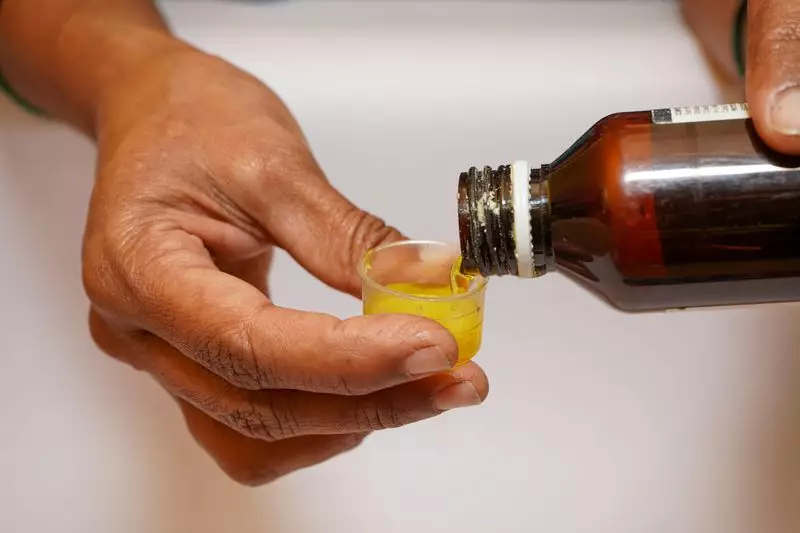
The World Health Organization has delivered a mixed verdict on India's pharmaceutical safety measures, acknowledging significant improvements while highlighting critical gaps that continue to pose serious health risks globally.
In a recent assessment, the global health body confirmed that India has implemented substantial reforms in its drug regulatory framework following international incidents involving contaminated Indian-made cough syrups. However, WHO officials emphasize that the journey toward complete safety compliance is far from over.
The Progress Made
Indian authorities have demonstrated notable commitment to addressing quality control concerns within its massive pharmaceutical industry. The Central Drugs Standard Control Organization (CDSCO) has undertaken several key initiatives:
- Enhanced testing protocols for export-bound medicines
- Increased manufacturing site inspections
- Strengthened regulatory oversight mechanisms
- Improved coordination between state and central drug authorities
Persisting Challenges
Despite these positive developments, WHO identifies several areas requiring urgent attention:
- Inconsistent implementation of quality standards across manufacturing units
- Variations in regulatory rigor between different states
- Need for more robust post-market surveillance systems
- Strengthening of laboratory testing capabilities
The shadow of past tragedies looms large over these discussions. Multiple deaths in countries including Gambia, Uzbekistan, and Cameroon have been linked to contaminated cough syrups manufactured in India, triggering global concern about drug safety protocols.
Global Implications
As the world's pharmacy, India's drug safety standards have far-reaching consequences. The country supplies approximately 20% of global generic medicines and meets 60% of vaccine demand worldwide. This makes regulatory compliance not just a domestic concern but a matter of global public health security.
WHO continues to work closely with Indian authorities to bridge existing gaps, emphasizing that patient safety must remain the paramount consideration in all pharmaceutical manufacturing and distribution processes.





